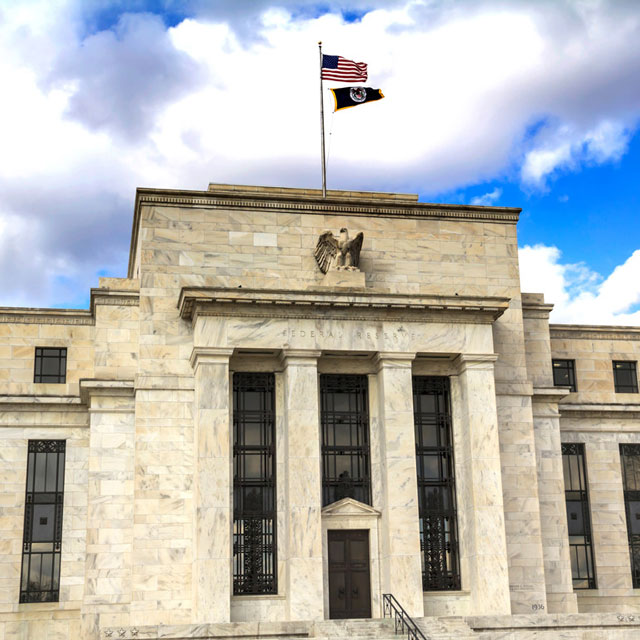
Ten-year Treasury yields have retreated from recent highs, bringing some respite to a market that appeared to be obsessed with the threat of rising inflation after the year-over-year increase in the Consumer Price Index for April showed the biggest spike in almost 13 years.
"Now the market is sort of priced for reality," said Anders Persson, chief investment officer of Global Fixed Income at Nuveen.
The spread compression that has boosted the corporate bond market earlier this year is not expected to continue to the same extent, Persson said.
He favors bonds that pay a higher yield — the carry trade — by focusing on moving down the credit scale for corporate securities rather than moving out the yield curve. "I'm still concerned about rates moving higher," Persson said.
He expects the 10-year Treasury will be "range-bound for a bit," then move close to 2% by year- end as the economy continues to recover and inflation moves higher, but he sees those price increases as transitory, as the Federal Reserve does. "I expect rates will start coming back down mid-next year," he says.
Persson anticipates the Fed will signal that it is preparing to taper Treasury and mortgage-backed securities purchases — now totaling $120 billion a month — around August or September but not formally announce those plans until late in the year followed by implementation.
"Fed patience for 2021, Fed taper 2022 and Fed tightening 2023," is how Persson describes his Fed outlook. "The Fed is very patient. The market is looking for cracks in the armor."



